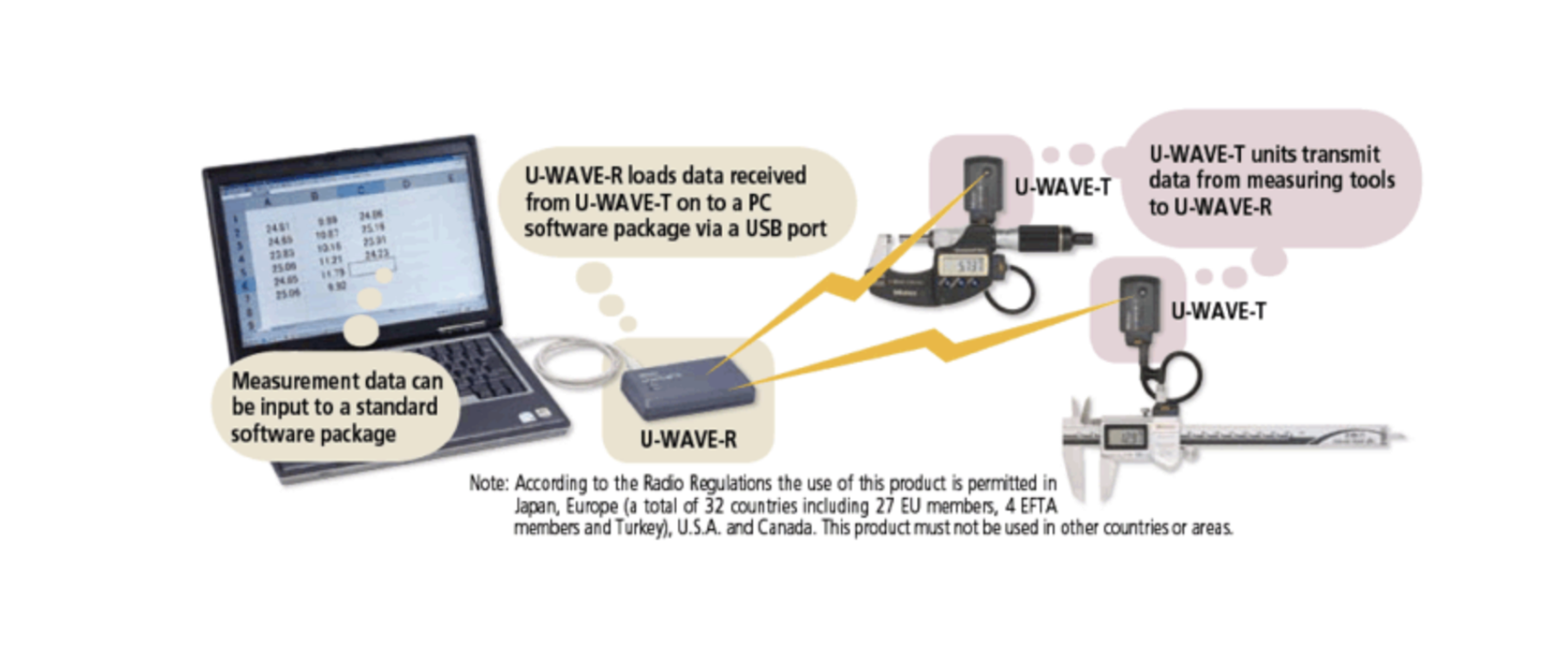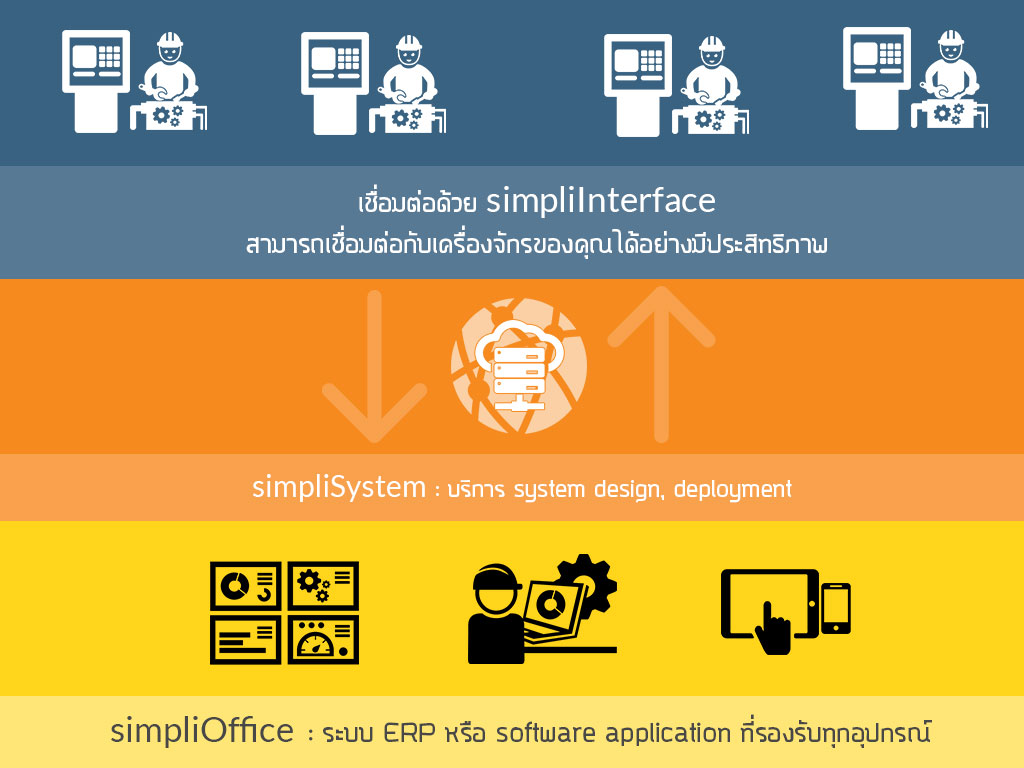Tackling Antenna Coupling Challenges with Our Advanced Simulation Program
Introduction: The Hidden Challenge in Modern Platforms
On naval vessels, aircraft, and advanced communication systems, dozens of antennas, sensors, and electronic systems operate side by side. While this connectivity enables powerful capabilities, it also creates a hidden challenge: electromagnetic coupling.
When two systems are too close, signals can “leak” — causing interference, degraded performance, or even mission failure. Traditionally, identifying and fixing these issues required costly prototyping, field testing, and trial-and-error adjustments.
Our Coupling Simulation Program solves this problem early in the design stage — fast, accurate, and fully visualized.
What Makes This Program Different
Unlike generic EM solvers or manual spreadsheets, our tool is purpose-built for EMC and antenna coupling analysis:
- 📊 Automated Frequency Sweeps — excite each source across the target band and capture the response.
- 🎯 Probe-Based Monitoring — define victim positions anywhere in 3D space to evaluate exposure.
- 🧩 SV Matrix Heatmaps — instantly visualize coupling between all transmitters and receivers.
- ⚡ Complex Field Data — extract both real and imaginary components for deep analysis.
- 📂 CSV Reports — generate professional data outputs for compliance, review, and documentation.
- 🔄 Repeatable & Configurable — run multiple design scenarios with adjustable airbox size, resolution, and probe placement.
System Workflow
flowchart TB
A["Candidate Sources (Tx)<br>Antennas / Emitters"]
--> B["Simulation Engine<br>(Airbox + PML + Frequency Sweep)"]
B --> C["Probes (Rx / Victims)<br>Measure Ez/E Fields"]
C --> D["Coupling Matrix<br>dB Values per Source-Probe Pair"]
D --> E["Results<br>- Heatmaps<br>- CSV Reports<br>- Compliance Insights"]Intuitive GUI for Engineers
Our program comes with an easy-to-use interface:
- Select frequency bands (VLF, LF, HF, VHF, UHF).
- Load equipment coordinate files.
- Define grid resolution (
dx) and simulation airbox size. - Run sweeps and generate results with one click.
📸 Example of the Build Matrix tab:

Heatmap Visualization
Once the simulation runs, the program automatically builds SV Matrix Heatmaps to highlight coupling strength (in dB) between all sources and victims.
📸 Example UHF coupling heatmap:

- Diagonal cells show self-coupling (expected near 0 to +30 dB).
- Off-diagonal cells reveal interference paths (negative dB values).
- Engineers can immediately identify risky paths, like –16.4 dB coupling between UHF antennas.
Flexible Post-Processing
The Plot Heatmap tab gives engineers control to:
- Adjust figure size and colormap.
- Annotate values.
- Apply compliance limits (e.g., MIL-STD RE103 thresholds).
- Export professional-quality plots for reports.
📸 Example of the Plot Heatmap tab:

Business Value
Our program isn’t just for engineers — it creates value for entire organizations:
- Program Managers → clear risk assessment before deployment.
- System Engineers → actionable insights for design tradeoffs.
- Compliance Teams → documented evidence for certification.
- Executives → confidence that projects won’t face late-stage EMC failures.
By providing quantifiable, visual evidence of coupling risks, this tool improves communication between design, compliance, and leadership teams.
Conclusion: See the Invisible, Act with Confidence
Electromagnetic coupling is a silent risk in every modern platform. Left unchecked, it leads to interference, reduced performance, and costly redesigns. With our Coupling Simulation Program, you gain the power to:
- See hidden interference paths.
- Measure them quantitatively in dB.
- Decide with confidence where to mitigate.
💡 Whether you are building the next generation of naval vessels, designing cutting-edge telecom systems, or ensuring compliance for aerospace projects — our program provides the clarity and confidence you need.
Get in Touch with us
Related Posts
- 实用型 GovTech 架构:ERP、GIS、政务服务平台与数据中台
- A Practical GovTech Architecture: ERP, GIS, Citizen Portal, and Data Platform
- 为什么应急响应系统必须采用 Offline First 设计(来自 ATAK 的启示)
- Why Emergency Systems Must Work Offline First (Lessons from ATAK)
- 为什么地方政府的软件项目会失败 —— 如何在编写代码之前避免失败
- Why Government Software Projects Fail — And How to Prevent It Before Writing Code
- AI 热潮之后:接下来会发生什么(以及这对中国企业意味着什么)
- After the AI Hype: What Always Comes Next (And Why It Matters for Business)
- 为什么没有系统集成,回收行业的 AI 项目往往会失败
- Why AI in Recycling Fails Without System Integration
- ISA-95 vs RAMI 4.0:中国制造业应该如何选择(以及为什么两者缺一不可)
- ISA-95 vs RAMI 4.0: Which One Should You Use (And Why Both Matter)
- 为什么低代码正在退潮(以及它正在被什么取代)
- Why Low‑Code Is Falling Out of Trend (and What Replaced It)
- 2025 年失败的产品 —— 真正的原因是什么?
- The Biggest Product Failures of 2025 — And the Real Reason They Failed
- Agentic AI Explained: Manus vs OpenAI vs Google —— 中国企业的实践选择
- Agentic AI Explained: Manus vs OpenAI vs Google — What Enterprises Really Need
- AI驱动的医院信息系统纵向整合(Vertical Integration)
- How AI Enables Vertical Integration of Hospital Systems














